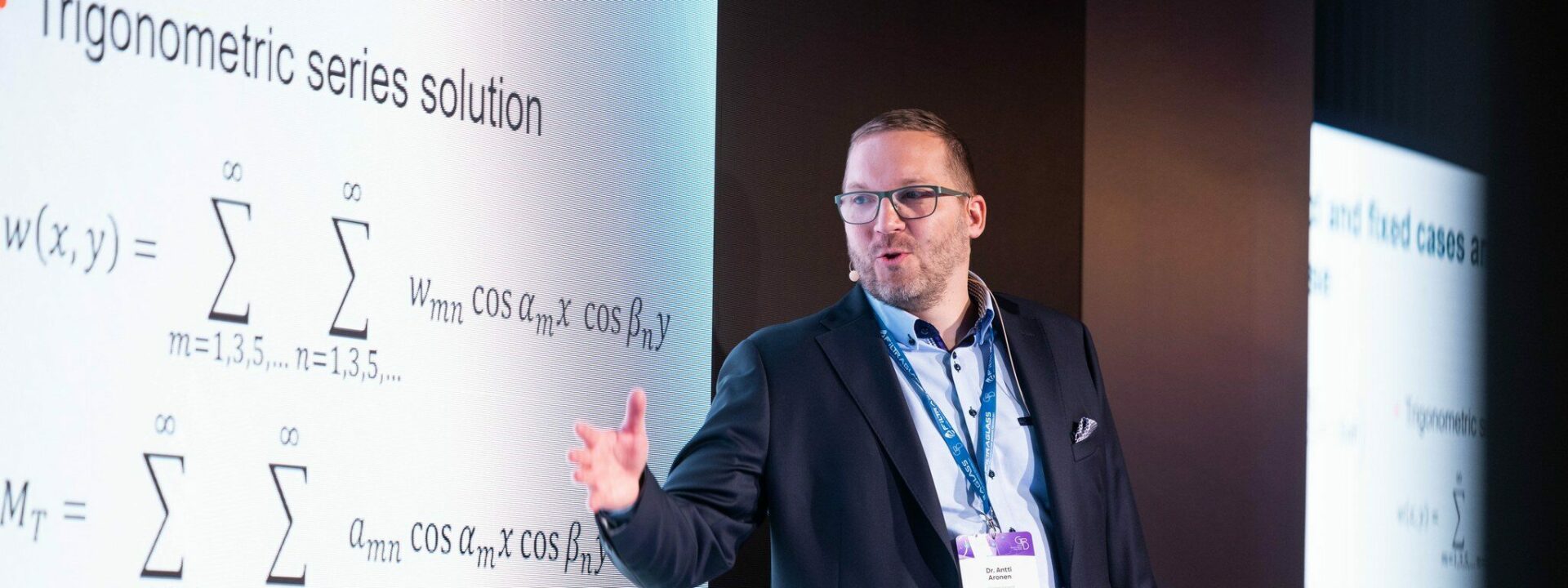
Do you know that uplifting existing building stock with high-performance insulating windows will decrease the building sector’s total energy consumption by 40% by 2050? Vacuum-insulated glazing (VIG) technology, in particular, can revolutionize EU building stock, thanks to its thin profile and low thermal conductance. In this blog, we explore the challenges related to VIG and provide an analytical solution that enhances our understanding of VIG’s thermo-mechanical performance.
The European Union recognizes the transformative potential of using high-performance insulating windows in buildings to make cities more energy efficient. VIG is a particularly revolutionary technology offering far better thermal performance than conventional glazing systems. Today, VIG plays a vital role in projects where maintaining the original aesthetics while improving energy efficiency is paramount.
In essence, VIG is a glass structure comprising two glass panes separated by a vacuum cavity. This vacuum gap is key to improving the thermal performance of the glazing system, as it significantly reduces heat transfer.
The primary concern about VIG is its ability to withstand thermo-mechanical loads. When the temperature of the glass panes varies, the hot pane expands, and the cold pane shrinks.
VIG experiences stress, leading to bending and deformation. This affects the strength and longevity of the entire glass structure.
Traditionally, measuring and simulating these loads has been carried out using the Finite Element Method (FEM). However, FEM simulations are rather time-consuming and costly. Recently, an analytical alternative to computational methods and measurements has been developed to estimate stresses and deformation in VIG more quickly and cost effectively.
The new analytical model provides a quick, straightforward means of determining the impact of different VIG design choices on thermo-mechanical load.
Although the model encompasses a limited range of cases, it provides engineers and architects with valuable insights into stress ranges and the effects of size and thickness variations in VIG. It enables a comprehensive understanding of VIG behavior and considerably simplifies the evaluation of VIG design and performance.
The analytical model has been validated by using FEM. It provides greater accuracy than other existing models.
Vacuum-insulated glazing holds immense promise for achieving energy-efficient buildings. By leveraging an enhanced analytical model, engineers and architects can gain a deeper understanding of the thermo-mechanical performance of VIG, select better optimized design choices and contribute to sustainable and reliable building practices.
The analytical solution with detailed calculation examples is outlined in the presentation below. The study includes outcomes for free, simply supported and fixed-edge boundary conditions.
Sign up for Glastory newsletter
We answer your questions about glass processing. Let us know your challenges and we promise to do our best to help you.
Comments are closed.